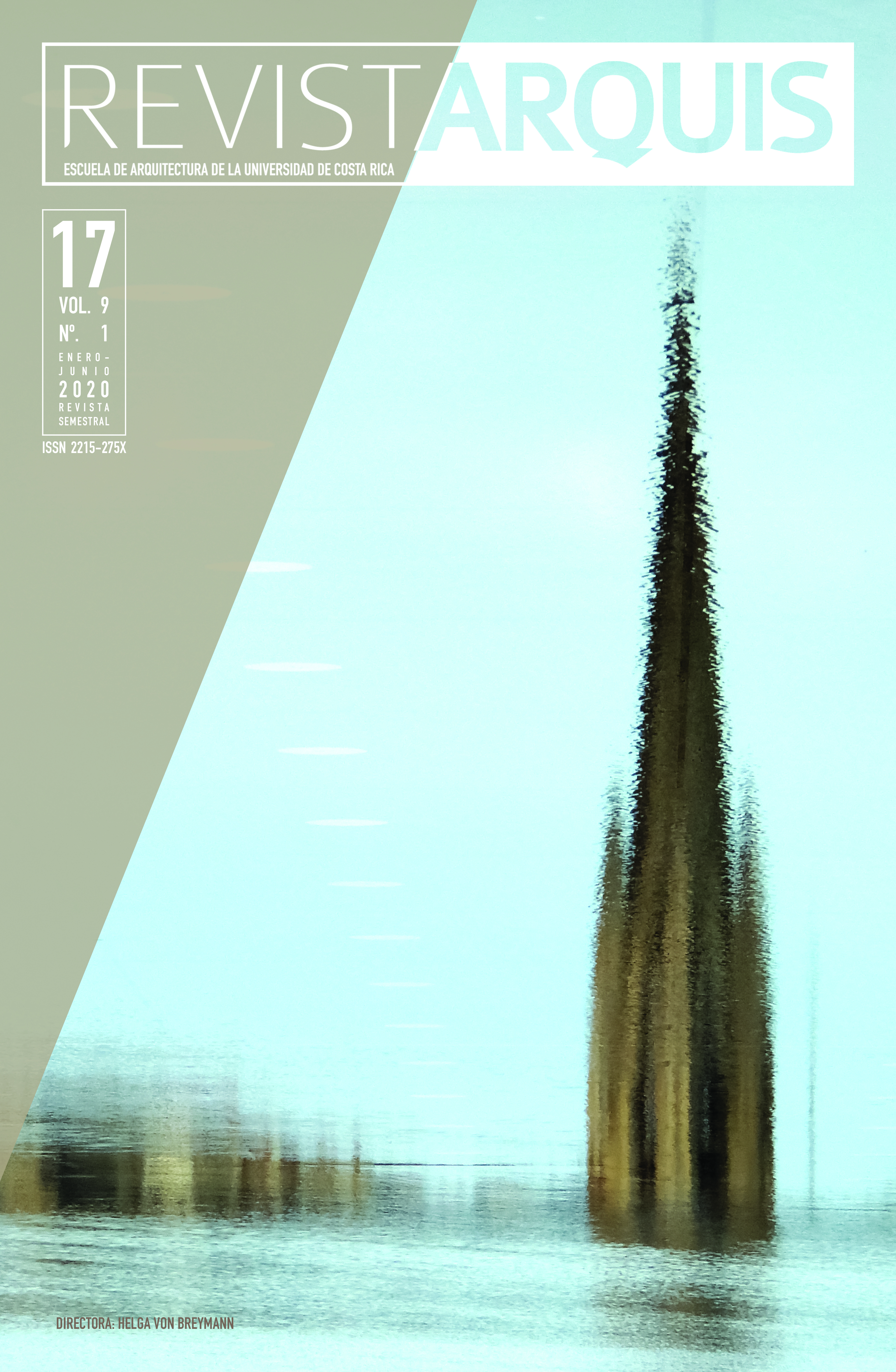Abstract
In Colombia, the inclusion of bioclimatic strategies in the architectural design process is not usually done in earlier design phases but in the middle or final phases, when few changes can be made due to the progress of the Project. This paper highlights the importance of considering useful tools or methods to take architectural decisions based on bioclimatic criteria from earliest phases of the project process so that bioclimatic design becomes a project premise and a reason that affects the image and functionality. This paper explains a method for the inclusion of solar control elements of a roof over a plaza located in the city of Medellín, Colombia (Latitude: 6°15’6.62” N, Longitude: 75°33’48.92” O, Altitude: 1500 m.a.s.l) as part of the Bioclimatic Studies, a project known
as Bazar de los Puentes. The project, designed by the Architect Sebastián Monsalve Gómez for the Urban Development Company (EDU in Spanish), is part of the plan for the strategic recovery of several urban sectors in the city. The method allowed the group of architects to configure the roofing system according to the shade convenience.

